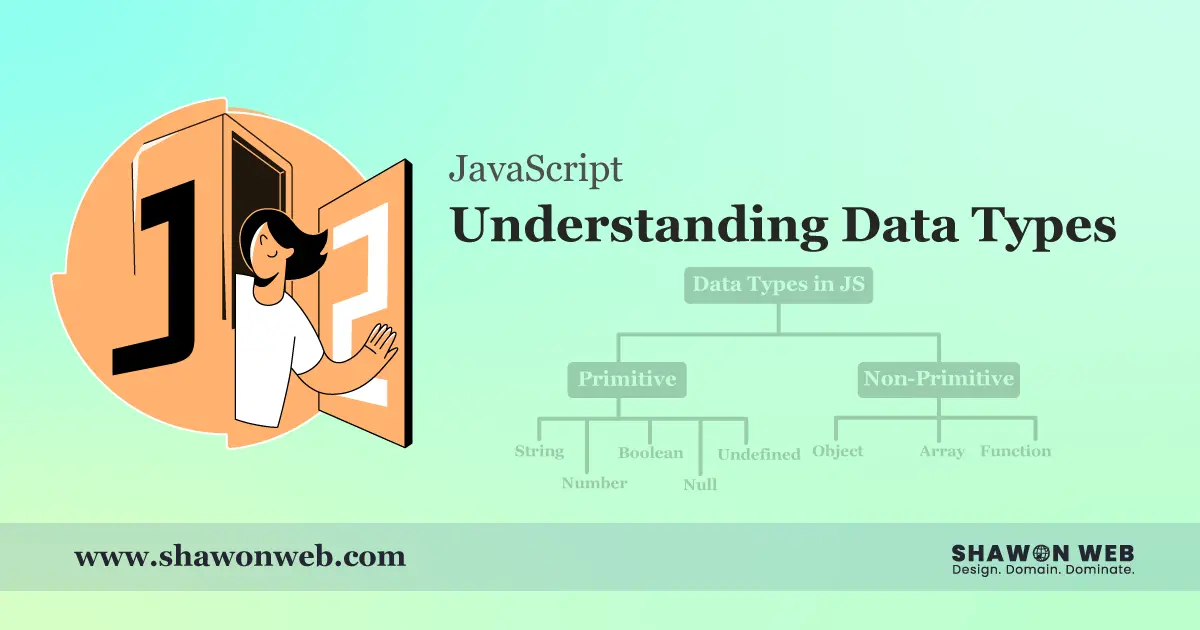In JavaScript, data types define the nature of values that can be used in a program. Understanding data types is fundamental to writing efficient and bug-free code. JavaScript is a dynamically typed language, meaning variables can hold values of any data type without explicitly specifying the type. Let’s explore the various data types in JavaScript:
To Learn JavaScript variables with Data types, Click Here
1. Primitive Data Types:
a. String:
- Represents textual data.
- Enclosed within single (‘ ‘) or double (” “) quotes.
- Example:
"Hello, World!"
b. Number:
- Represents numeric values, including integers and floating-point numbers.
- Examples:
5,3.14,-10
c. Boolean:
- Represents true or false values.
- Used for logical operations and conditional statements.
- Examples:
true,false
d. Undefined:
- Represents a variable that has been declared but not assigned a value.
- Example:
let x;
e. Null:
- Represents the intentional absence of any value.
- Used to explicitly indicate that a variable has no value.
- Example:
let y = null;
f. Symbol (ES6):
- Represents a unique and immutable data type.
- Used for property keys in objects to prevent name clashes.
2. Composite Data Type:
a. Object:
- Represents a collection of key-value pairs.
- Key-value pairs are enclosed within curly braces
{}. - Example:
let person = {
name: "John",
age: 30,
isStudent: false
};
3. Special Data Type:
a. Function:
- A subtype of objects that can be invoked.
- Used to perform a specific task or calculate a value.
- Example:
function greet(name) {
console.log("Hello, " + name + "!");
}
Type Conversion:
JavaScript also supports automatic and explicit type conversion, allowing you to convert values from one data type to another. For example:
let num = 10;
let strNum = String(num); // Explicit conversion to string
let parsedNum = parseInt("10"); // Automatic conversion to number
Conclusion:
Understanding data types is crucial for writing robust and maintainable JavaScript code. By mastering the various data types and their properties, you’ll be better equipped to handle different scenarios and build complex applications with confidence.
Stay tuned for more tutorials as we delve deeper into JavaScript programming concepts! Happy coding! 🚀🎉

